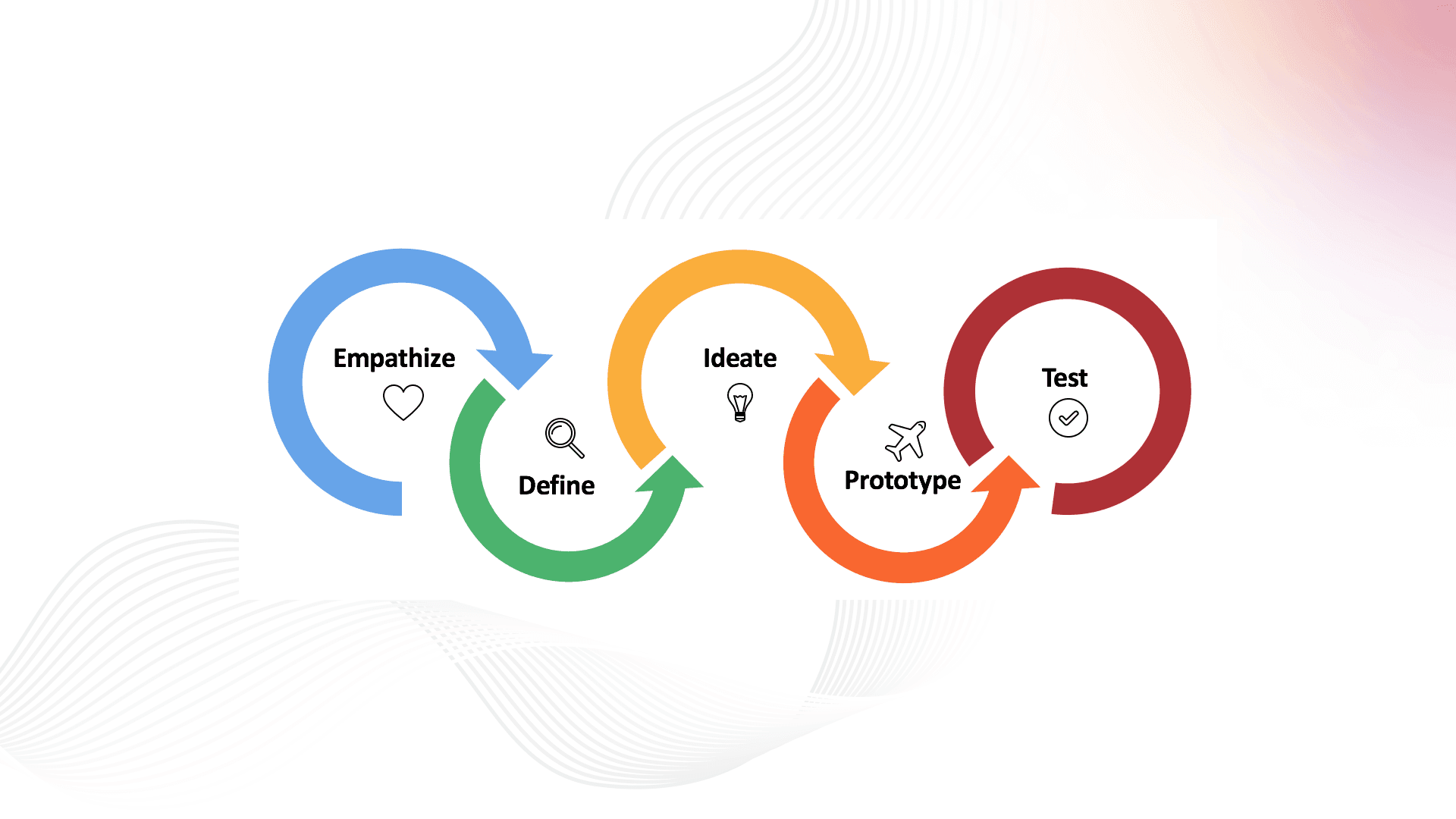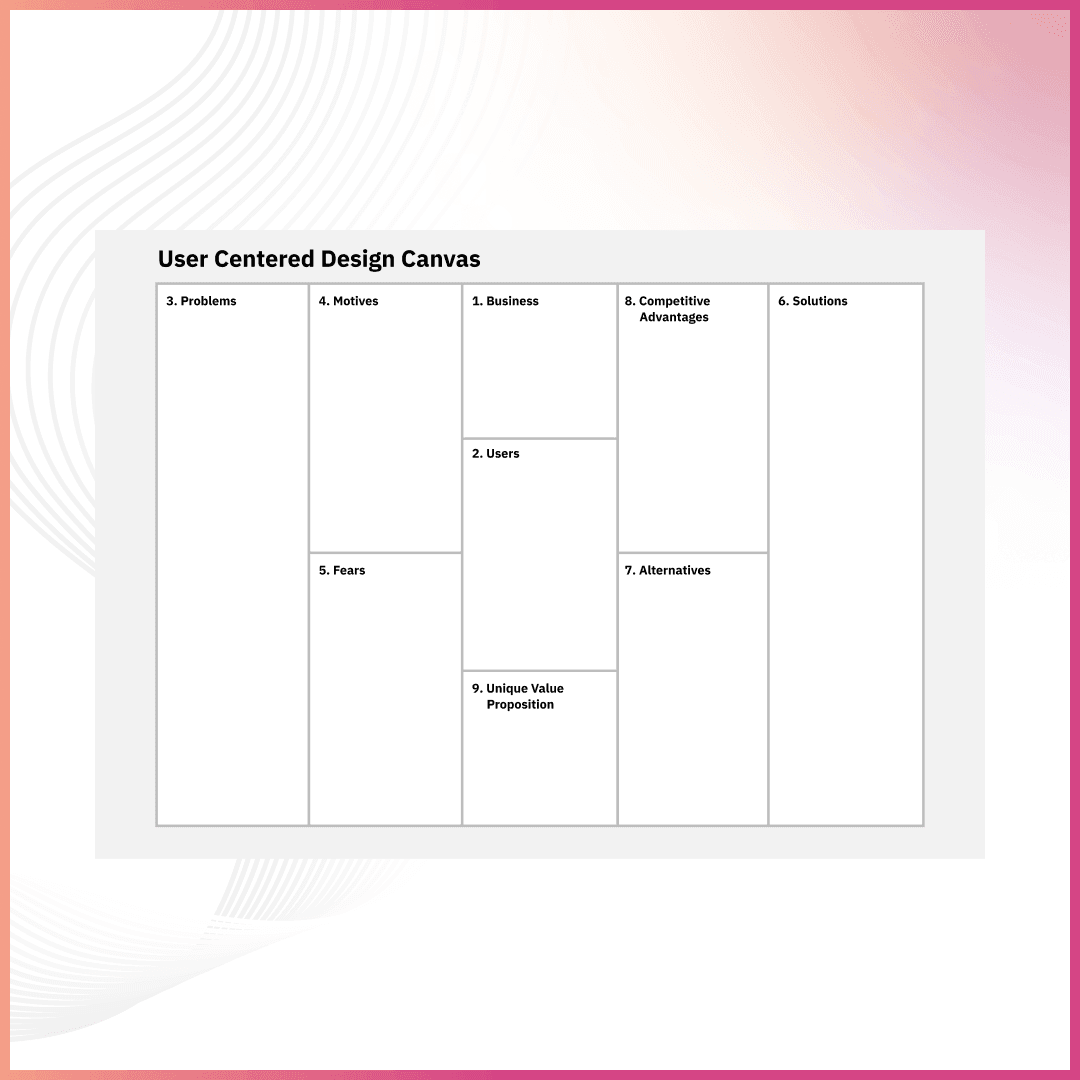In the rapidly evolving world of web development, the emphasis has steadily shifted from merely creating visually appealing websites to designing experiences that resonate with users. User-centered design (UCD) is at the heart of this transformation, prioritizing the needs, preferences, and limitations of end-users throughout the design and development process. As the digital landscape becomes increasingly competitive, the importance of UCD in modern web development cannot be overstated.

Understanding User-Centered Design
User-centered design is a holistic design philosophy that places users at the forefront of the design process. It involves understanding the users’ needs, preferences, and behaviors and incorporating this understanding into every stage of development. The principles of UCD include empathy, user feedback, and iterative design. Key components of UCD are user research, personas, user scenarios, wireframes, prototypes, and usability testing. Unlike traditional design approaches that often prioritize aesthetics and functionality from a developer’s perspective, UCD ensures that the final product is intuitive, accessible, and enjoyable for the user.
Benefits of User-Centered Design
The advantages of implementing a user-centered design approach are manifold:
- Enhanced User Satisfaction: By focusing on the needs and preferences of users, UCD leads to products that users find more enjoyable and easier to use.
- Increased User Engagement: Intuitive and responsive design elements result in higher user engagement, longer session durations, and better user retention.
- Improved Accessibility and Usability: UCD emphasizes creating designs that are accessible to all users, including those with disabilities, thus broadening the potential user base.
- Better Return on Investment (ROI): Products that meet user needs effectively are more likely to succeed in the market, leading to higher sales, reduced costs related to customer support, and fewer resources spent on redesigns and fixes.
The UCD Process
The user-centered design process is systematic and iterative, ensuring that user feedback is continuously incorporated to refine and improve the final product. Here are the key steps involved:
- User Research and Analysis: The first step involves gathering information about the users through various methods such as surveys, interviews, and analytics. This helps in understanding user behaviors, needs, and pain points.
- Defining User Personas and Scenarios: Based on the research data, user personas and scenarios are created. These personas represent typical users and their interaction scenarios, helping designers empathize with the end-users.
- Ideation and Conceptualization: This phase involves brainstorming and generating ideas that address user needs and problems. Concepts and potential solutions are outlined.
- Design and Prototyping: Designers create wireframes and prototypes that visualize the product. These prototypes are iteratively refined based on feedback from stakeholders and users.
- User Testing and Feedback: Usability testing is conducted with real users to gather feedback on the prototypes. This helps in identifying usability issues and areas for improvement.
- Iterative Design Improvements: Based on the feedback, the design is refined and improved. This cycle of testing and refinement continues until the product meets the desired user experience standards.
Tools and Techniques for User-Centered Design
Several tools and techniques can facilitate the user-centered design process:
- User Research Tools:
- Surveys and Interviews: Tools like Google Forms, SurveyMonkey, and Typeform help in collecting user feedback.
- Analytics: Tools such as Google Analytics and Hotjar provide insights into user behavior on websites.
- Wireframing and Prototyping Tools:
- Sketch: A popular tool for creating wireframes and prototypes with a focus on UI design.
- Figma: A collaborative design tool that allows real-time collaboration and prototyping.
- Adobe XD: Offers comprehensive tools for designing, prototyping, and sharing interactive user experiences.
- User Testing Tools:
- UsabilityHub: A platform for remote usability testing and gathering feedback on design decisions.
- UserTesting: Provides video feedback from real users interacting with the product.
- Hotjar: Offers heatmaps, session recordings, and feedback tools to understand user interactions and pain points.
Case Studies of Successful UCD Implementation
Examining real-world examples of successful user-centered design implementations can provide valuable insights:
- Example:
E-commerce Platform: A leading e-commerce company revamped its website using UCD principles. Through user research, they identified key pain points in the checkout process. By redesigning the checkout flow based on user feedback, they reduced cart abandonment rates and increased conversions. - Example:
Mobile App Development: A health and fitness app implemented UCD by involving users in every step of the design process. User personas and scenarios helped in creating personalized experiences. Usability testing ensured that the app was easy to navigate, leading to higher user engagement and positive reviews. - Example:
Enterprise Software: An enterprise software company adopted UCD to redesign its complex software suite. By conducting user interviews and usability tests, they simplified the user interface and improved functionality, resulting in increased user satisfaction and productivity.
Challenges in Implementing User-Centred Design
While user-centered design offers numerous benefits, implementing it can pose several challenges:
- Balancing User Needs with Business Goals: It can be challenging to align user requirements with business objectives and constraints. Finding a middle ground that satisfies both can require careful negotiation and prioritization.
- Managing Stakeholder Expectations: Stakeholders may have differing opinions on design priorities. Managing these expectations and ensuring that user needs remain a priority can be difficult.
- Ensuring Cross-Functional Team Collaboration: Effective UCD requires collaboration across various teams, including design, development, marketing, and customer support. Ensuring seamless communication and cooperation among these teams is crucial.
- Adapting to Feedback and Changes: The iterative nature of UCD means that designers must be prepared to continuously adapt their designs based on user feedback. This requires flexibility and the ability to manage changes efficiently.
The Role of UCD in Modern Web Development
User-centered design plays a pivotal role in shaping modern web development:
- UCD’s Impact on Web Development Trends: The emphasis on user experience has driven many of the latest web development trends, such as responsive design, mobile-first design, and minimalistic interfaces. UCD ensures that these trends are implemented in ways that genuinely enhance user experiences.
- The Future of UCD in Web Development: As technology evolves, the principles of UCD will continue to be crucial. Emerging technologies like virtual reality (VR), augmented reality (AR), and artificial intelligence (AI) will present new opportunities and challenges for UCD.
- How UCD Aligns with Agile and Lean Methodologies: UCD complements agile and lean methodologies, both of which prioritize iterative development, user feedback, and rapid prototyping. Integrating UCD into these frameworks ensures that user needs are continuously addressed throughout the development process.
Best Practices for Effective User-Centred Design
To maximize the benefits of UCD, consider these best practices:
- Involving Users Early and Often: Engage users from the outset and involve them at every stage of the design process. Early and frequent user input helps in identifying and addressing potential issues promptly.
- Prioritizing User Needs and Feedback: User needs should always take precedence. Regularly gather and incorporate user feedback to ensure that the design remains aligned with user expectations.
- Creating Flexible and Adaptable Designs: Designs should be flexible enough to accommodate changes based on user feedback. This adaptability is crucial for refining and improving the user experience.
- Maintaining a Focus on Simplicity and Clarity: Simple and clear designs are easier for users to understand and navigate. Avoid unnecessary complexity and focus on delivering a straightforward and intuitive user experience.
Conclusion
User-centered design is a fundamental approach in modern web development that ensures the creation of products that are intuitive, accessible, and enjoyable for users. By prioritizing user needs and continuously incorporating user feedback, UCD helps in building web solutions that are not only effective but also engaging and satisfying. As web development continues to evolve, the principles of UCD will remain essential in delivering exceptional user experiences.






